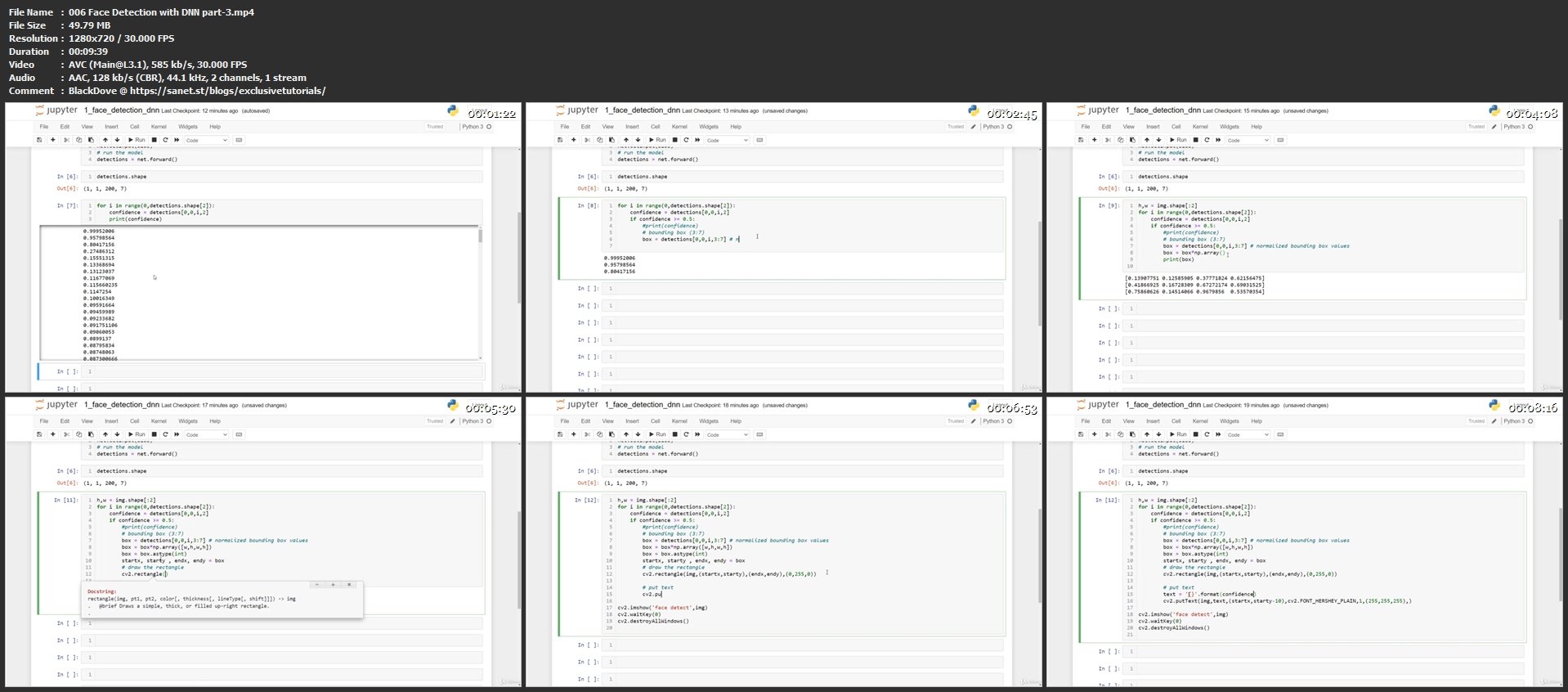

How do I access my Heroku files?ģ Answers.

If the images you have are used as assets (IE they are used in the layout are not changeable by the user), then you can store them in the assets/images folder. That said, you can temporarily store images on the Heroku filesystem if you implement a pass-through file upload to an external file store. And the only option to store static files on Heroku is having separate dyno running app server for you. So you need to save every bit of resources you have. How do I save images on Heroku? – Related Questions How do I save a static file in Heroku? All files sent to S3 belong to a bucket, and a bucket’s name must be unique across all of S3. Buckets act as a top-level container, much like a directory. Users can upload files directly to cloud storage. Add a hidden input with class of “simple-file-upload” anywhere you want the widget to appear. Copy the Javascript snippet or React component. How do I upload files to Heroku? Install in 5 easy steps:įrom your Heroku dashboard, click on Simple File Upload to access your dashboard. This is crucial on Heroku, because your app’s dynos have an ephemeral filesystem. Adding direct uploads to an application allows you to offload the storage of static files from your app.
How do I upload photos to Heroku? Simple File Upload is an add-on for providing direct image and file uploading to the cloud. apt/usr/lib/dvc directory after successfully pulling the data from server.How do I save images on Heroku? That said, you can temporarily store images on the Heroku filesystem if you implement a pass-through file upload to an external file store. gitignore, to learn more check out Slug Compiler. We only need model inference file so add rest of files to.We can pull selective data from DVC by using dvc pull.Only add model inference python libraries in requiremnets.txt.
Heroku file storage how to#
To learn more about how to use docker check out this guide.
Heroku file storage install#
By using the docker you can bypass the 500MB limit, you also have the freedom to install any third-party integration or packages. There are multiple ways to optimize storage and the most common is to use Docker. Upon successful deployment, the app will automatically pull the data from DVC server.
Heroku file storage code#
apt/usr/lib/dvc")Īfter that, commit and push your code to Heroku server. Import os if "DYNO" in os.environ and os.path.isdir(".dvc"): os.system("dvc config core.no_scm true") if os.system(f"dvc pull") != 0: exit("dvc pull failed") os.system("rm -r.

First, we will install a buildpack that will allow the installation of apt-files by using Heroku API heroku buildpacks: add - index 1 heroku-community/apt.There are a few steps required for successfully pulling data from the DVC server. Remove all unnecessary packages except numpy, Pillow and streamlit.Add opencv-python-headless instead of opencv-python to avoid installing external dependencies.Add tensorflow-cpu instead of tensorflow which will reduce the slug size from 765MB to 400MB.To avoid dependencies and storage issues we need to make changes in the requirements.txt file: This part took me two days to debug as Heroku cloud comes with a 500MB limitation and the new TensorFlow package is 489.6MB. Web: streamlit run -server.port $PORT app.py Tweaking Python Packages Make changes in your Procfile and add server port in arguments.If you are running the app with streamlit run app.py it will produce an error code H10 which means $PORT assigned by the server was not used by the streamlit app. Finally, commit and push code to heroku server git push heroku master.Now create Procfile containing the commands to run the app: web: streamlit run -server.port $PORT streamlit_app.py.This will log you into the server and create an app on a web server. Type heroku login and heroku create dagshub-pc-app.Either clone remote repository or use git init.


 0 kommentar(er)
0 kommentar(er)
